Water quality, physical and chemical parameters are within ideal ranges
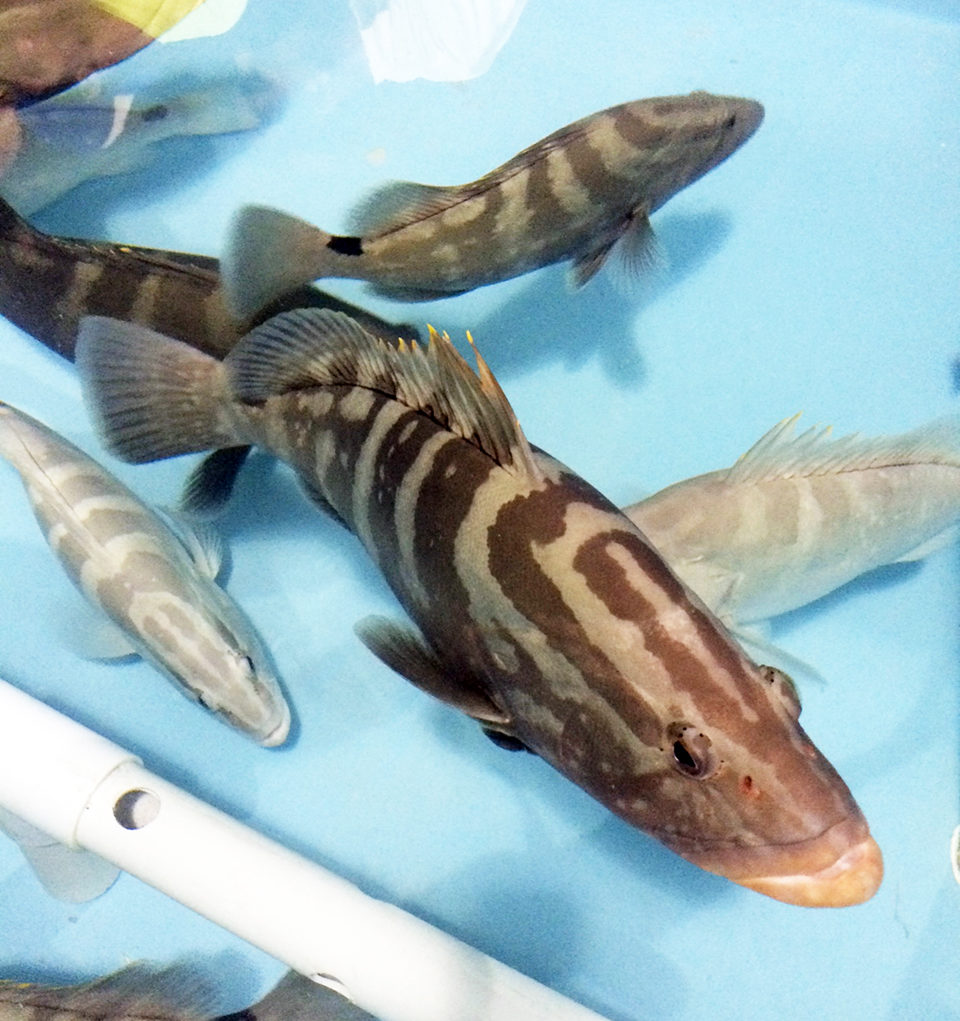
Groupers of the family Serranidae occur throughout most tropical and sub-tropical oceans throughout the world. They are invariably regarded as high-quality fish with high demand and high market prices. Several species of grouper have been raised commercially in many countries, particularly in Southeast Asia. Most grouper species are also popular game fish heavily sought by commercial and recreational fishermen throughout their distribution range.
In the wild, during reproduction season, many species concentrate in enormous aggregations for spawning, making them even more vulnerable to fishers. For this reason, stocks of commercially important species in the Western Hemisphere are now under protected status. The best-known remaining substantial Nassau grouper aggregations in the Caribbean Sea are found in the Bahamas.
Several species of groupers are popular food fish throughout the world. Their positive aquaculture performance attributes, high consumer demand and ever-increasing harvest restrictions make these species appealing candidates for aquaculture development.
Seedstock production
Hatchery technology of groupers has been mastered in Southeast Asian and Middle Eastern countries, and much success has been achieved in growing several species from egg to market. Some species of groupers spawn naturally, whereas others need to be hormonally induced with injections or implants of hormones.
Larval-rearing techniques have been improving over time. Even though most species are very sensitive during early developmental stages, and survival rates from eggs to juveniles still remain in the single digits, their high fecundity compensates for the low survival attained during larval rearing.
Juveniles and adults are hardy fish that can withstand limitations in both the environmental and nutritional conditions under which they are raised. Most grouper grow-out operations are in floating cages in protected bays. The fish exhibit relatively slow growth rates compared to pelagic species, but are resilient and can be sold at relatively smaller weights of 400 to 800 grams. Depending on the species, annual growth rates vary from 250 g to 1 kg.
Fish culturists agree that, given adequate water quality and well-formulated, nutritionally complete diets with quality ingredients of high digestibility, the species can thrive during the nursery and grow-out stages.
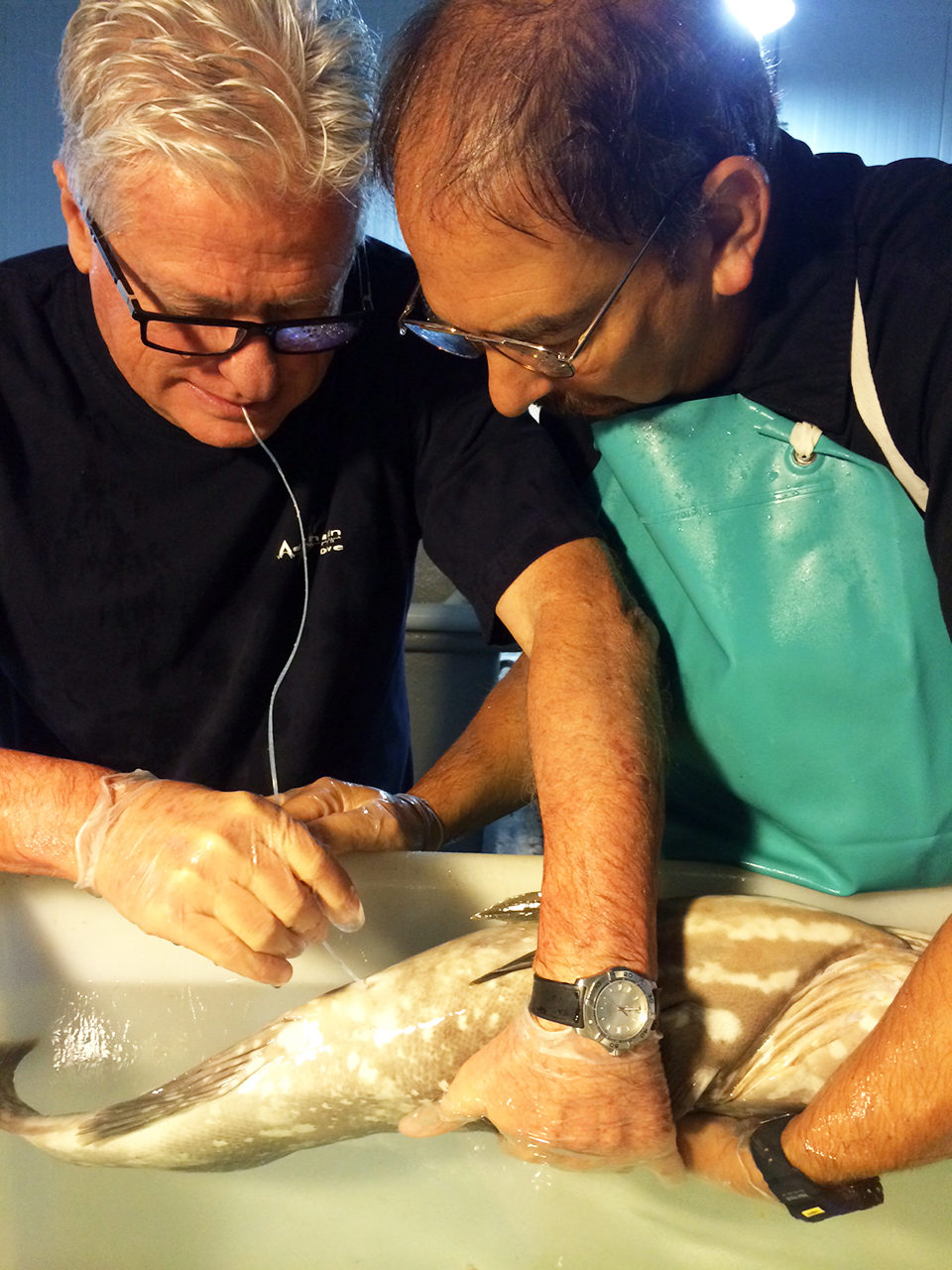
Early development
The early developmental stages of most grouper species present biological and managerial challenges to hatchery operators. Effective aeration, water exchange and feeding are crucial. Grouper larvae are generally raised in greenwater, using live microalgae such as Nannochloropsis and Isochrysis species. This practice is believed to assist in maintaining good water quality and adequate nutrition of live prey such as rotifers and artemia. Live feeds must be cleaned, disinfected and enriched. Using probiotics is also strongly recommended.
Some groupers have very small mouth gapes and require small strains of rotifers, such as Brachionus rotundiformis and the minuscule monogonont rotifer Proales similis, as well as trocophores (the early larvae of oysters and/or clams), copepods or copepodittes at first feeding. Furthermore, cannibalism during early juvenile stages is another potential problem that must be properly managed. Counterintuitively, high stocking densities are believed to reduce cannibalism in many fish species during metamorphosis and early juvenile stages. Nonetheless, commercial-scale hatcheries of groupers in Southeast Asia routinely report survival rates above 20 percent from eggs to fingerlings.
The commercial viability of grouper aquaculture has been shown in a number of Asian countries, including Indonesia, Taiwan, Japan, South Korea, Malaysia, Hong Kong, China, the Philippines and Singapore, as well as in some Middle Eastern countries such as Kuwait and Saudi Arabia. Grouper production through aquaculture amounts to an average of 75,000 metric tons (MT) annually in the Asia-Pacific region alone.
Grouper culture in Bahamas
Despite its vast amount of potential land-based and offshore aquaculture sites, currently there is no commercial aquaculture production in the Bahamas. After a number of frail past attempts by various entities to establish aquaculture in the region, Tropic Seafood Ltd., the largest lobster tail and seafood processor in the Bahamas, is expanding its seafood business by developing marine fish aquaculture.
Integrated aquaculture development will allow Tropic Seafood to capitalize on its available logistics and infrastructure and diversify its operations from processing and selling wild fisheries products. The company, owned by Beaver Street Fisheries in Jacksonville, Fla., USA, currently sells lobster tails, stone crab claws, conch, grouper and snapper throughout North America, Europe and Asia. Its state-of-the-art seafood-processing plant in Nassau meets and exceeds all HACCP and European Union standards, and is currently the only seafood plant in the entire Caribbean to be British Retail Consortium-certified.
The Bahama government recognizes the potential to utilize its natural resources to generate socioeconomic benefits and seafood security, and has prioritized aquaculture development in the country. Therefore, as the largest employer in the seafood business in the Bahamas, Tropic Seafood also has strong support from the government.
Although the local market for fresh and live marine fish continues to expand due to the large number of high-end resorts and cruise ships in the Bahamas, the developers have a long-term vision and are looking at the export market. Looking forward, Tropic Seafood has been discussing potential partnerships with experienced groups from Turkey, China, South Korea and the United States.
Grouper, other species
Considering the available technology, as well as biological and marketing criteria, the company decided to focus on producing the Nassau grouper; yellowtail jack (Seriola rivoliana); mahi-mahi (Coryphaena hippurus); and Lutjanus species snappers. For the land-based facilities, Tropic Seafood is contemplating a grow-out operation for flatfish in tanks and raceways in shaded greenhouses. It would utilize seawater well at 20 to 22 degrees-C, a temperature range ideal for certain species of high-end flounder. Other species with considerable potential are the Florida pompano Trachinotus species; and cobia (Rachycentron canadum).
Currently, the company is conditioning the world’s only broodstock population of Nassau grouper. Forty-eight adult Nassau grouper ranging from 3 to 10 kg were captured in traps off New Providence Island in the Bahamas and brought to holding facilities in Nassau.
The fish were quarantined, acclimated, sampled and stocked in four, 20-ton maturation tanks with flow-through ambient water exchange and constant aeration. Artificial substrates are provided for the 12 male and female groupers stocked in each tank.
Furthermore, “cleaning stations” were built and stocked with neon gobies (Gobiosoma oceanops) to create a symbiotic relationship between the fish. The neon gobies are routinely observed “cleaning” the gills and skin of the groupers, keeping them naturally free of parasites and diseases. Such symbiotic behavior naturally occurs in the reefs, and this technique has proven successful for other species in captivity.
The broodstock Nassau grouper are well adapted to captivity and feed very well. Tagged individuals are sexually mature, exhibiting oocytes at various stages of development, as well as motile sperm cells. They are stocked in the maturation systems with controlled temperature, light and diets, while being conditioned to spawn volitionally beginning in the winter period of December 2014 to January 2015, which corresponds to the natural reproduction cycle of this species in the wild.
Development plan
Spawning and larval rearing of Nassau grouper are imminent, and the right technology is at hand to produce juveniles at the Nassau facility. The facility plan includes an expanded land-based hatchery, nursery, and grow-out and offshore cage farm planned for either of two sites off New Providence Island or Andros. Thorough site surveys including monitoring of water currents, temperatures and dissolved-oxygen levels are currently being conducted to determine the most suitable site to develop the first phase of the proposed cage operation.
Data gathered thus far indicate the water quality and physical and chemical parameters are within ideal ranges for the culture of Nassau grouper and other high-value native species. Tentatively, the company is planning on a grid with moorings for 10 globe-shaped net cages for phase one of the operation in 2015.
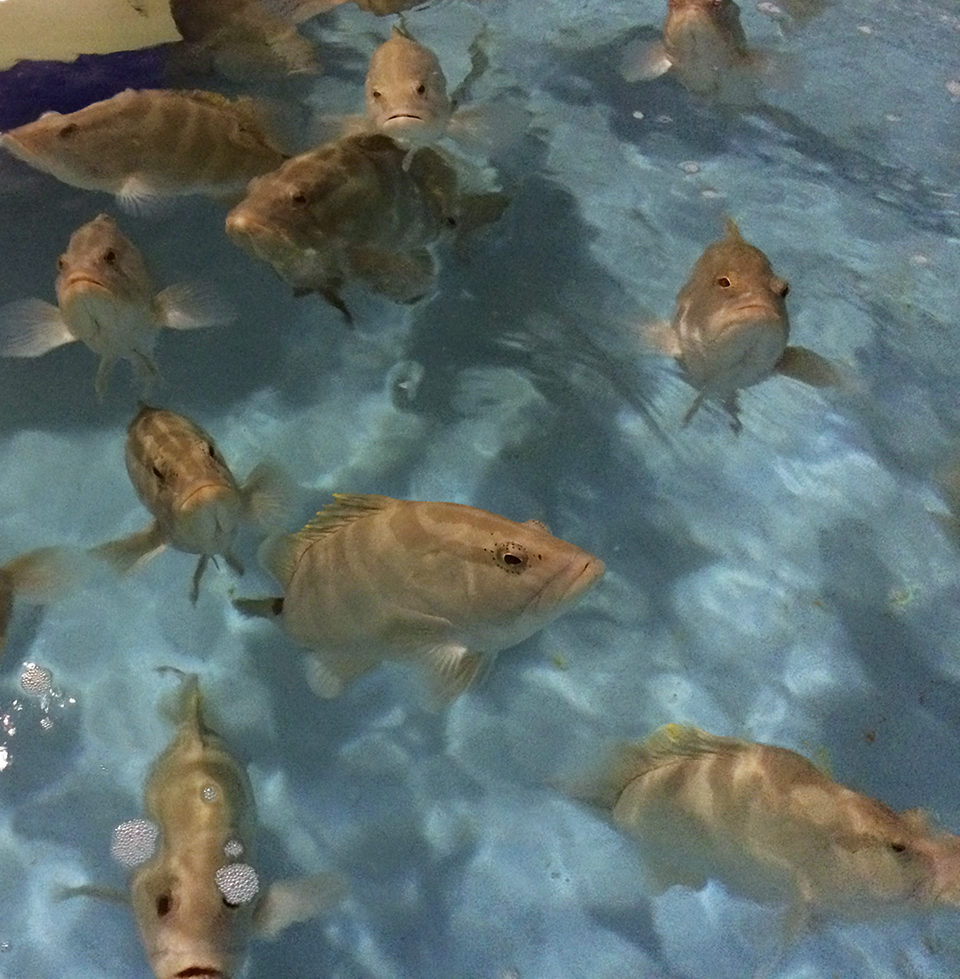
Weather issues
The occurrence of hurricanes and tropical storms in the Bahamas, the Caribbean and the Gulf of Mexico must be taken seriously. Indeed, both hurricanes and the presence of predators such as sharks present serious potential risks that must be carefully assessed. However, they are no longer show stoppers, as advanced anti-predator containment systems have clearly opened the path for the development of marine cage aquaculture in storm-prone regions.
Robust submerged and gravity cages fitted with anti-predator nets are now available to protect valuable and otherwise vulnerable crops. To that end, in collaboration with an international consulting group, Tropic Seafood prepared a hurricane protocol tailored to an exposed cage farm to anticipate and deal with impacts.
An additional level of confidence is provided by comparing historical hurricane frequency and paths in the Caribbean and the Gulf of Mexico region to those of typhoons in Asia. Clearly, typhoons have not prevented Japan, Taiwan and other Asian countries to become the world’s largest producers of high-value marine fish in cages – and should not prevent properly managed cage aquaculture with advanced containment technologies from developing successfully in the Caribbean.
(Editor’s Note: This article was originally published in the November/December 2014 print edition of the Global Aquaculture Advocate.)
Now that you've reached the end of the article ...
… please consider supporting GSA’s mission to advance responsible seafood practices through education, advocacy and third-party assurances. The Advocate aims to document the evolution of responsible seafood practices and share the expansive knowledge of our vast network of contributors.
By becoming a Global Seafood Alliance member, you’re ensuring that all of the pre-competitive work we do through member benefits, resources and events can continue. Individual membership costs just $50 a year.
Not a GSA member? Join us.
Author
-
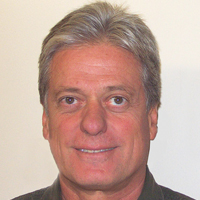
Daniel Benetti, Ph.D.
University of Miami
Rosenstiel School of Marine and Atmospheric Science
Aquaculture Program
4600 Rickenbacker Causeway
Miami, Florida 33149 USA
Tagged With
Related Posts
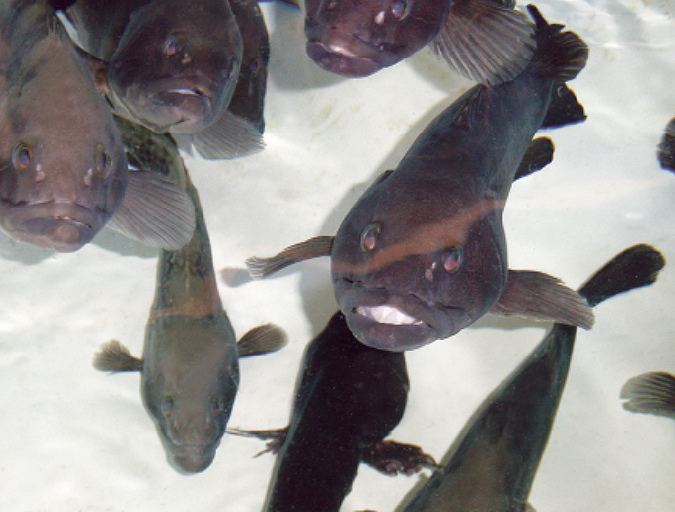
Aquafeeds
Increased density improves grouper feeding response, growth
A growth trial using hatchery-reared grouper was carried out to study the effects of stocking density on feed intake and subsequent growth. Contrary to common perceptions, fish stocked at the highest density had higher feed intake and body weights.
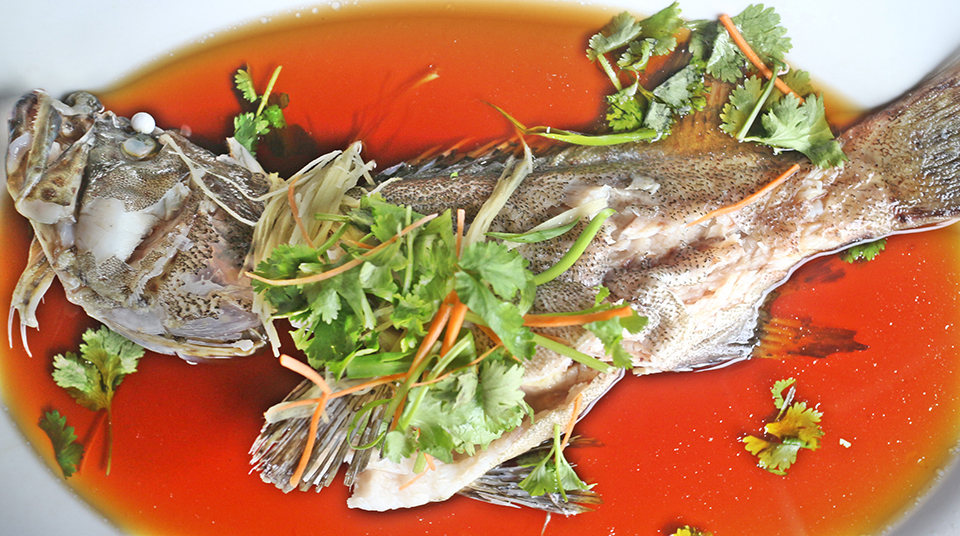
Aquafeeds
Soy trials replace fishmeal in grouper feeds
Although groupers present desirable traits as an aquaculture species, the high cost of feed for the carnivorous fish limits expansion of grouper culture. The author performed two trials to evaluate the performance of tiger grouper juveniles fed soybean meal-based feeds.
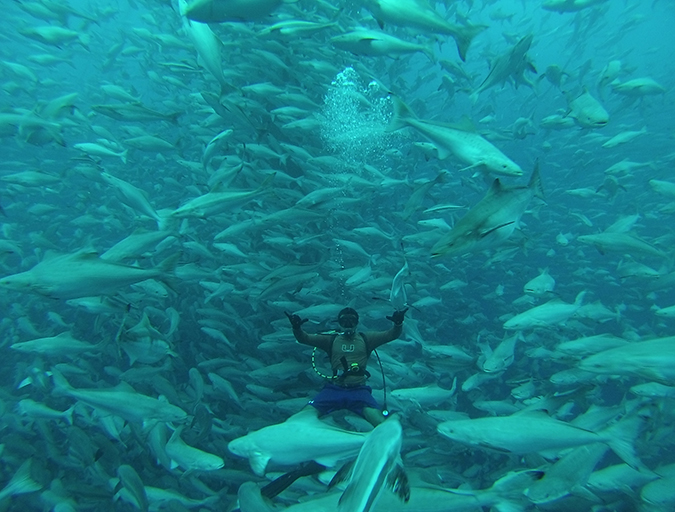
Innovation & Investment
Aquaculture Exchange: Daniel Benetti
University of Miami professor says the U.S. seafood marketplace needs to embrace 'plate-sized' fish if a domestic aquaculture industry is to become sustainable and profitable.

Intelligence
Aquaculture 2016: Examining the industry’s role in the food system
A wide range of important topics was discussed at the Aquaculture 2016 conference and trade show in Las Vegas last week. Editor Emeritus Darryl Jory shares his notes from the four-day event, which occurs every three years.


